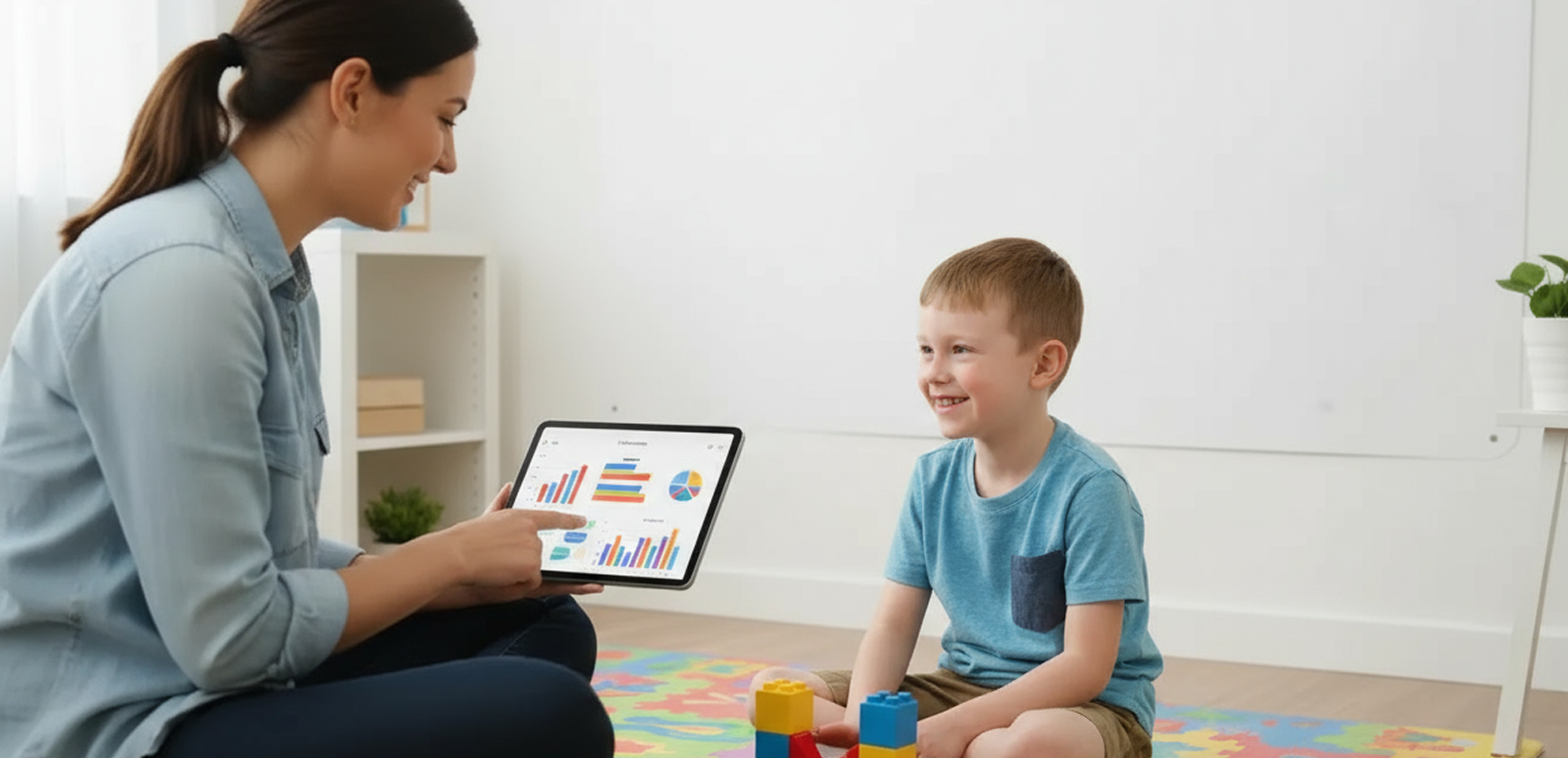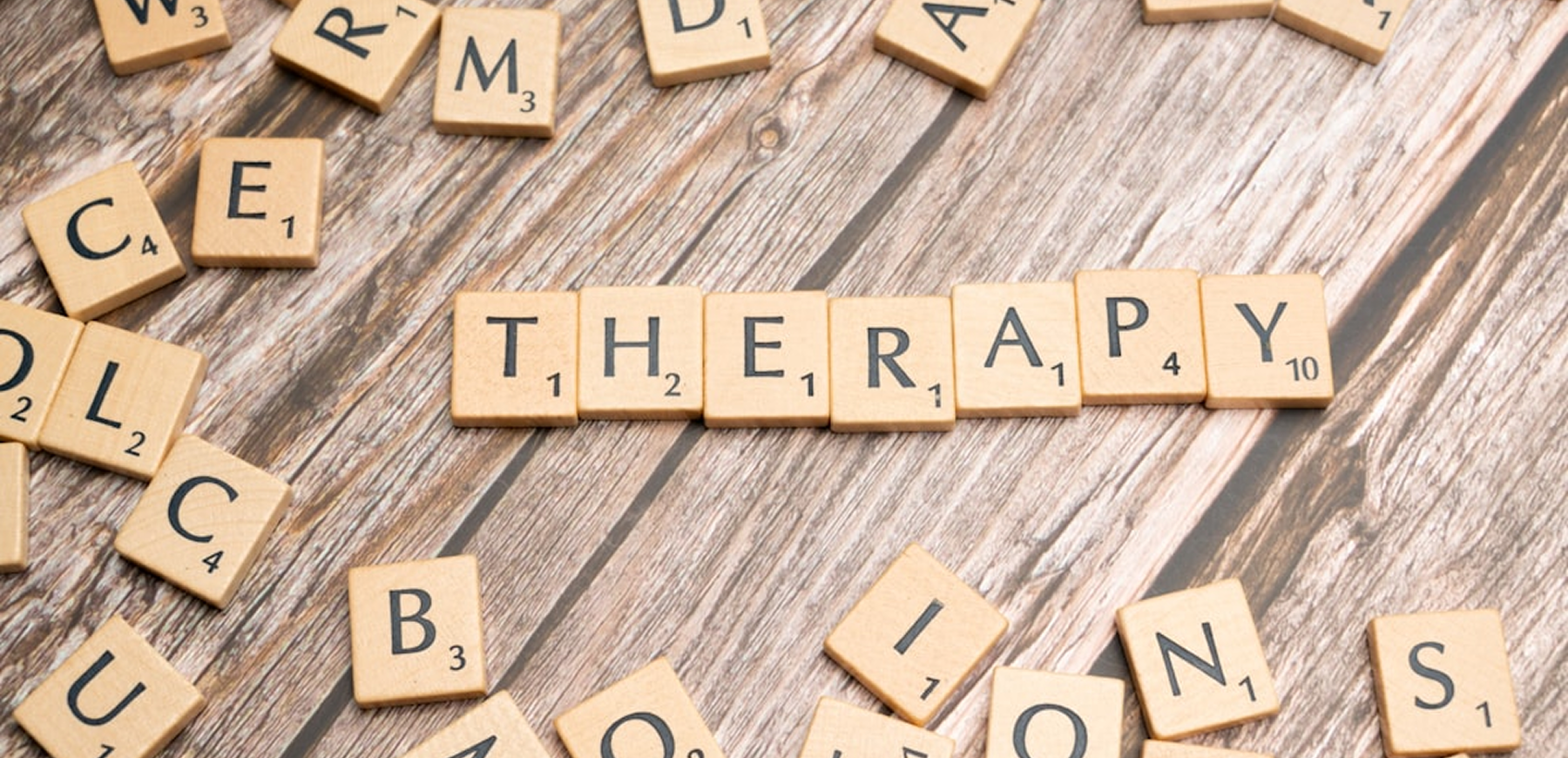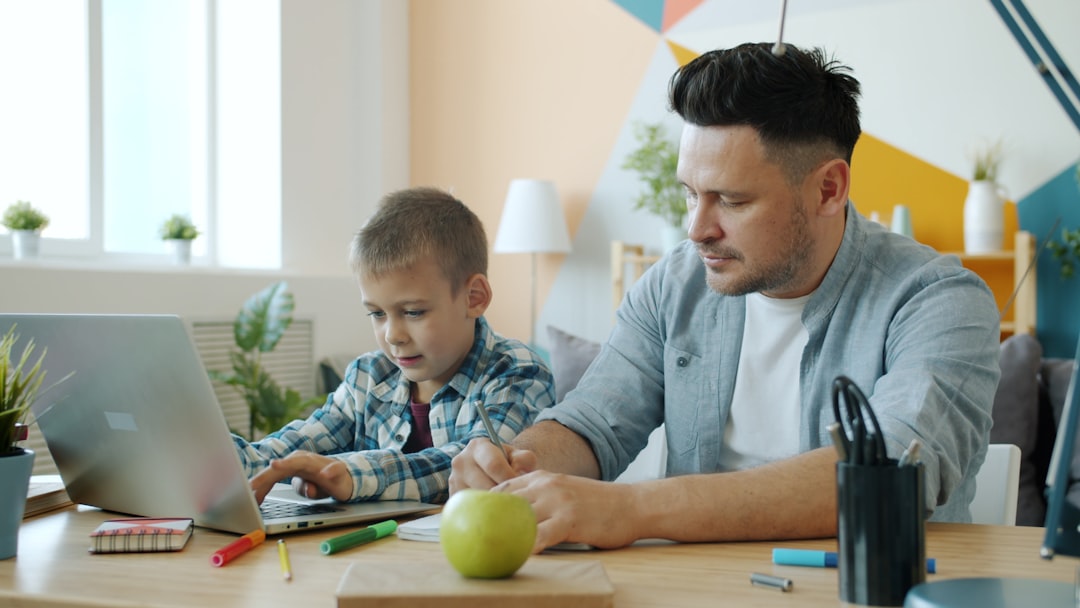
As a parent or caregiver, you’ve constantly seen the term Applied Behavior Analysis (ABA). Experts globally endorse it as the most effective, evidence-based autism treatment. But we know what you’re really asking-- What tangible, day-to-day difference will this treatment make for my child?
The true measure of therapy isn't its scientific standing—it's the outcomes you witness every day. ABA isn't a quick fix; it’s a strategic, data-driven framework that equips people with autism with the skills needed for a higher quality of life and greater independence.
This article bypasses the clinical language and focuses solely on the results. We look at the specific, life-changing abilities ABA helps build-- stronger communication, meaningful social connections, and effective tools to replace challenging behaviors.

The Engine of Change-- Understanding Modern ABA's Core
Ethical, modern ABA is not a rigid system; it’s a personalized, dynamic roadmap built for your family.
1. Individualization – The Tailored Approach
Worrying about a "cookie-cutter program" is natural. The answer is a firm no. The ‘Applied’ in Applied Behavior Analysis is the most important part.
A Personal Deep Dive-- A qualified Board Certified Behavior Analyst (BCBA) starts with a comprehensive assessment (like the Vineland-3). They look at your child’s current strengths, missing skills, motivations, and, most importantly, what matters to your family.
Goals Focused on a Better Life-- Goals center on skills that promote independence and enrich your child’s life, not forced conformity. Whether the focus is successful toilet training for a three-year-old or conversational skills for a teenager’s first job, the intervention constantly shifts to remain relevant at every stage of their growth.
2. The Power of Positive Reinforcement
This is the compassionate, driving force of the whole therapy.
Learning is Natural-- ABA is based on the idea that any behavior that leads to a positive result is something we’re more likely to do again.
Success Before Correction-- The BCBA and technicians identify what truly motivates your child (a high-five, a special toy, or a few minutes of screen time) and deliver that reward immediately after your child demonstrates the desired behavior.
This approach makes learning positive and rewarding. Instead of focusing on ineffective correction, ABA consistently focuses on setting your child up to win and celebrating those successes.

3. Data Collection and Generalization– The Scientific Standard
ABA is science in action. Every goal, technique, and bit of progress is meticulously tracked.
Always Tracking-- If the data shows progress is stalling, the BCBA doesn't blame the child; they immediately change the teaching strategy. This guarantees the program is responsive and efficient.
The Ultimate Test-- A skill isn’t mastered until it’s generalized. Can your child ask for 'juice' in the clinic, but not at home or in the park? Then the skill isn't functional yet. ABA intentionally programs practice in different settings, with different people, ensuring skills are robust enough to be used anywhere.
Outcome Spotlight– Mastering Functional Communication
For many people with autism, communication difficulties are the biggest obstacle. When a person can't easily express needs or wants, frustration builds, often leading to challenging behaviors. ABA addresses this core issue head-on.
A. Functional Communication Training (FCT)
FCT is a powerful tool focused on replacing chaos with clarity.
What’s the Purpose? If your child screams (the behavior) to get a toy (the function), FCT teaches them a functional, appropriate response (pointing, signing, or saying "I want that") to achieve the same result.
The Profound Shift-- Once your child learns, "I get what I need when I use my words," the reliance on hitting, crying, or throwing items dramatically disappears.

B. Teaching Language for Life (Verbal Behavior)
ABA uses a Verbal Behavior (VB) approach to teach language based on its purpose--
Mands (Requests)-- Your child learns to ask for what they want or need ("milk," "more swing"). Result-- Independence and control over their environment.
Tacts (Labels)-- Your child learns to label objects or actions ("It's a dog," "The car is fast"). Result-- Shared attention and connection with others.
Intraverbals (Conversations)-- Your child learns to answer questions and participate in back-and-forth dialogue. Result-- Social connection and genuine engagement.
Note-- ABA is highly flexible and routinely used to teach the effective use of Augmentative and Alternative Communication (AAC) systems like PECS or speech-generating devices.
Outcome Spotlight– Building Meaningful Social Skills
Social interaction often feels like navigating an unfamiliar land. ABA provides the map, systematically breaking down complex social etiquette into manageable steps.
A. Facilitating Interaction Through Practice
ABA actively creates safe opportunities for practice--
Modeling and Rehearsal-- Therapists use role-playing and video to show a skill (like how to join a game) and then immediately practice it. This builds competence and confidence.
Perspective-Taking-- Basic emotional literacy is taught, focusing on social cause-and-effect ("When I share the toy, my friend smiles. Smiling means happy.").

B. Peer-Mediated Intervention-- The Key to Inclusion
A modern, vital element of ABA involves training neurotypical peers—siblings or classmates—to interact more effectively.
Inclusion, Not Isolation-- The intervention makes the social environment itself more inclusive.
Tangible Results-- The clear results are an improved ability to start and maintain play, stronger turn-taking during games, and a better grasp of social boundaries that allow the child to thrive in group settings
Outcome Spotlight– Reducing Challenging Behaviors
The goal of ethical ABA is not to eliminate a child’s unique personality; it is to eliminate distress, injury, and barriers that block learning.
A. Understanding Behavior as Communication
Challenging behaviors (aggression, self-injury, or meltdowns) are a powerful form of communication. ABA moves past labeling the behavior as "difficult" and asks-- What need is my child meeting with this behavior?
B. The Crucial Role of Functional Behavior Assessment (FBA)
The FBA is the detective process that systematically determines the function (the "why") behind the behavior. Every behavior serves one of four needs--
- Attention-- Seeking a reaction from others.
- Escape-- Avoiding a non-preferred task or situation.
- Tangible-- Gaining access to a preferred item or activity.
- Sensory-- Providing needed stimulation or simply feeling good.
Once the function is known, the solution is straightforward-- Teach a replacement skill that meets that exact same need more easily and appropriately.
C. Ethical Considerations-- Addressing the Conformity Concern
Modern, ethical ABA fundamentally focuses on reducing behaviors that--
Endanger the individual (self-injury).
Endanger others (aggression).
Prevent access to learning opportunities (running away).
Modern ABA does not target harmless self-stimulatory behaviors (stimming) that don't interfere with learning. It prioritizes the individual’s dignity and choice, ensuring change enhances, rather than diminishes, the child’s unique self.
The Parent and Professional Partnership-- Practicalities
The clinical details are important, but for families, the logistics matter most.
1. How Long Does ABA Therapy Last?
There is no fixed deadline. Therapy is goal-driven, not calendar-driven.
Intensity-- Programs often start with a higher intensity (e.g., 20–40 hours a week) for younger children to build foundational skills during a critical developmental period.
Fading is the Goal-- The BCBA’s objective is always to reduce their involvement. As your child masters skills and you, the parents, feel confident implementing techniques, the hours will naturally decrease. The BCBA’s ultimate success is working themselves out of a job.\
2. Parent Training is Essential
Parent training is not optional; it is mandatory for long-term generalization.
Consistency is Key-- The therapist is the expert coach, but you are the main player. Parent training ensures everyone is using the same language and techniques at home, at school, and in the community.
Your Empowerment-- You will learn how to use reinforcement correctly, respond calmly to challenges, and spot and celebrate progress. This partnership makes the benefits endure.

A Path to Greater Independence
If you started this article asking, "what does ABA help with," the answer is simple-- it helps with every skill that leads to a life of greater access and opportunity.
ABA is the structural support that gives children with autism the tools they need to engage fully with their world. The goal is not perfection, but providing your child with the skills they need to live a joyful, successful, and self-directed life.
We encourage you to discuss your child’s specific goals with a qualified BCBA. Successful ABA treatment starts with a thoughtful, personalized assessment that respects your child’s unique needs and strengths.







